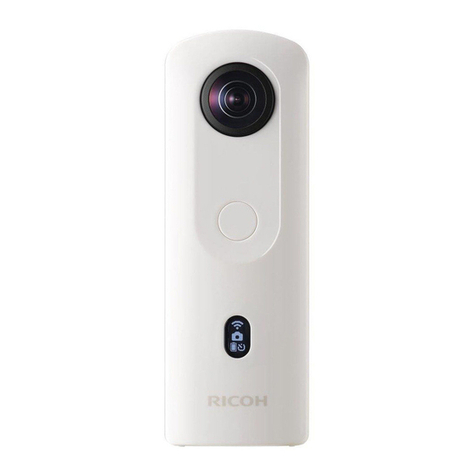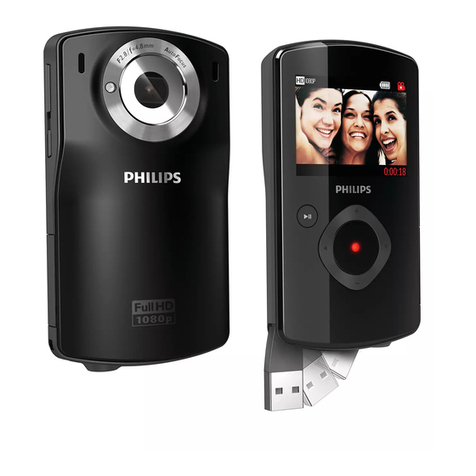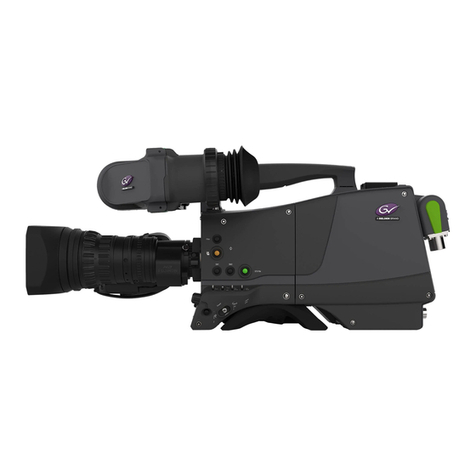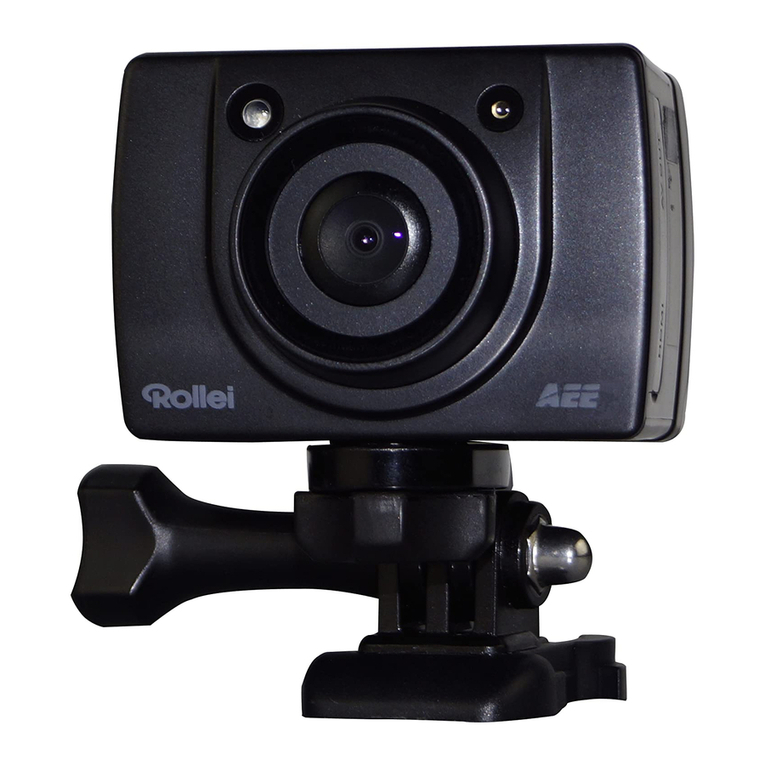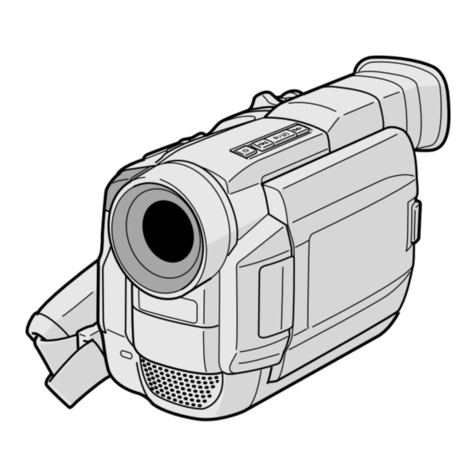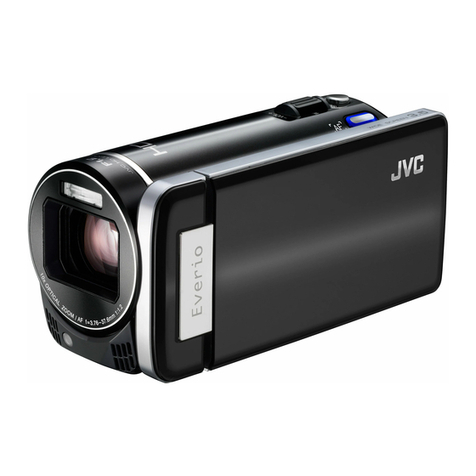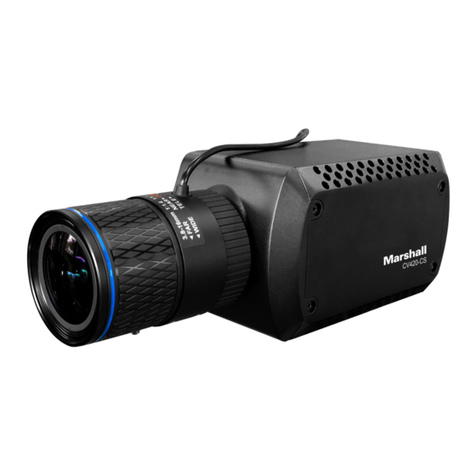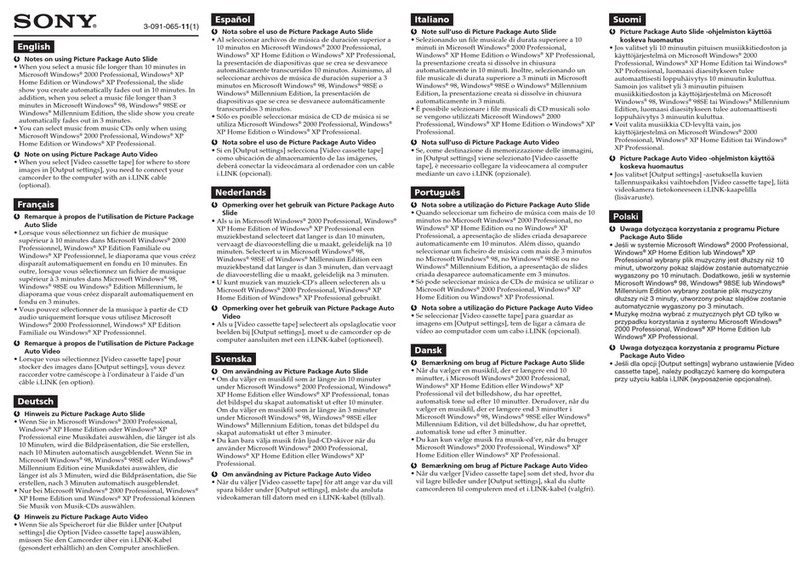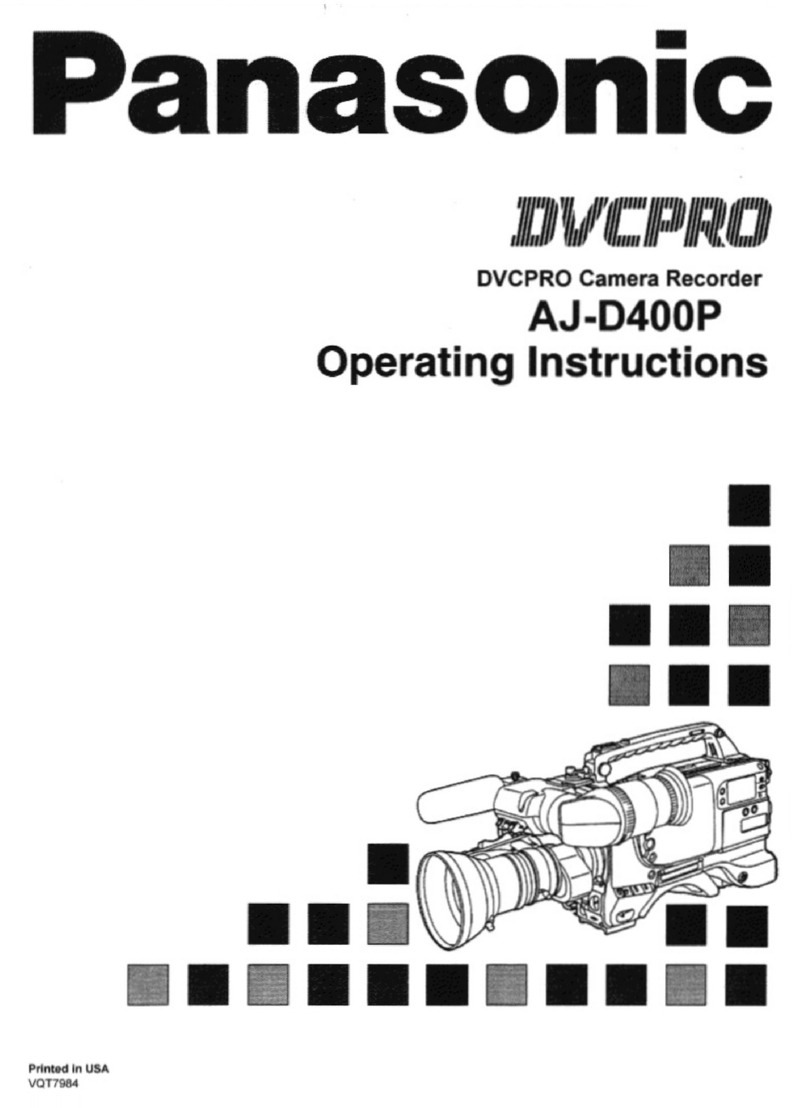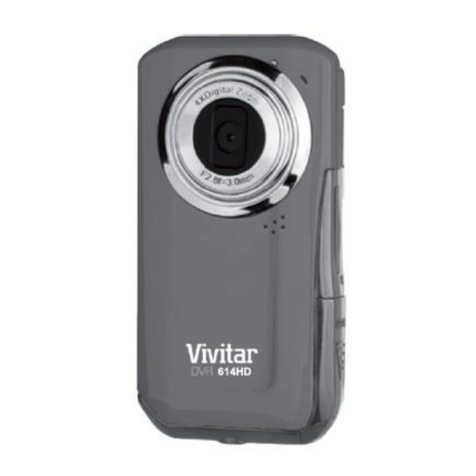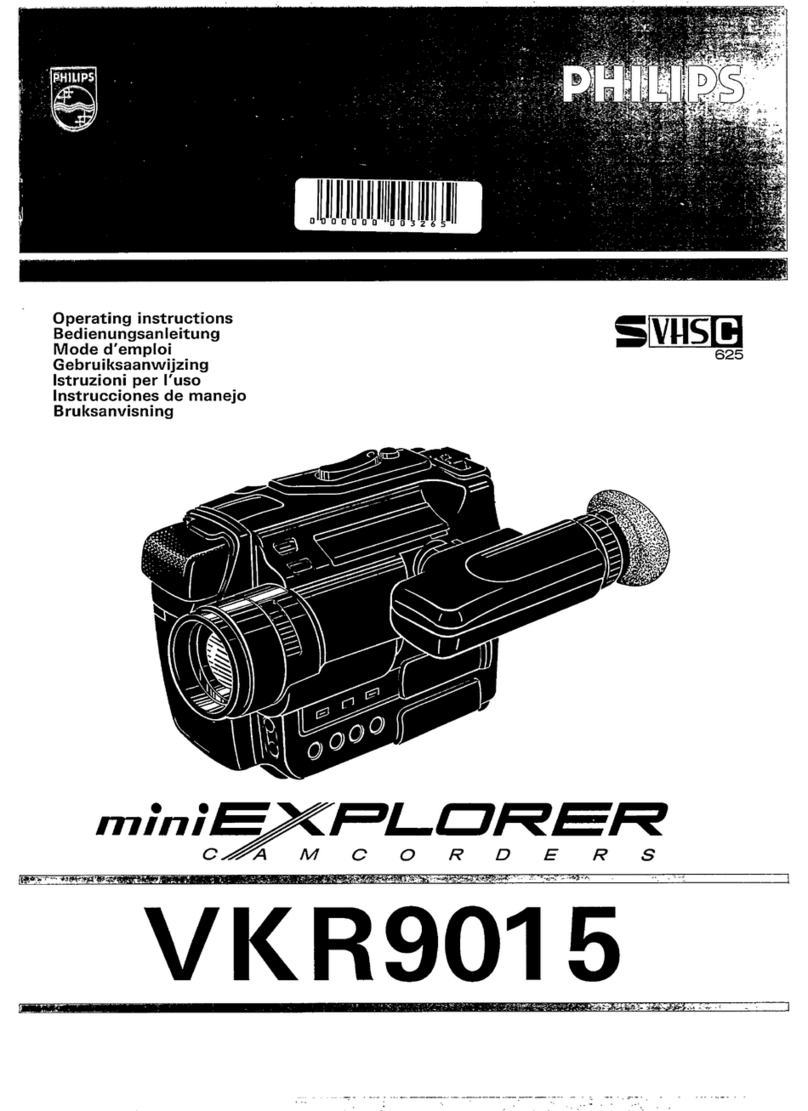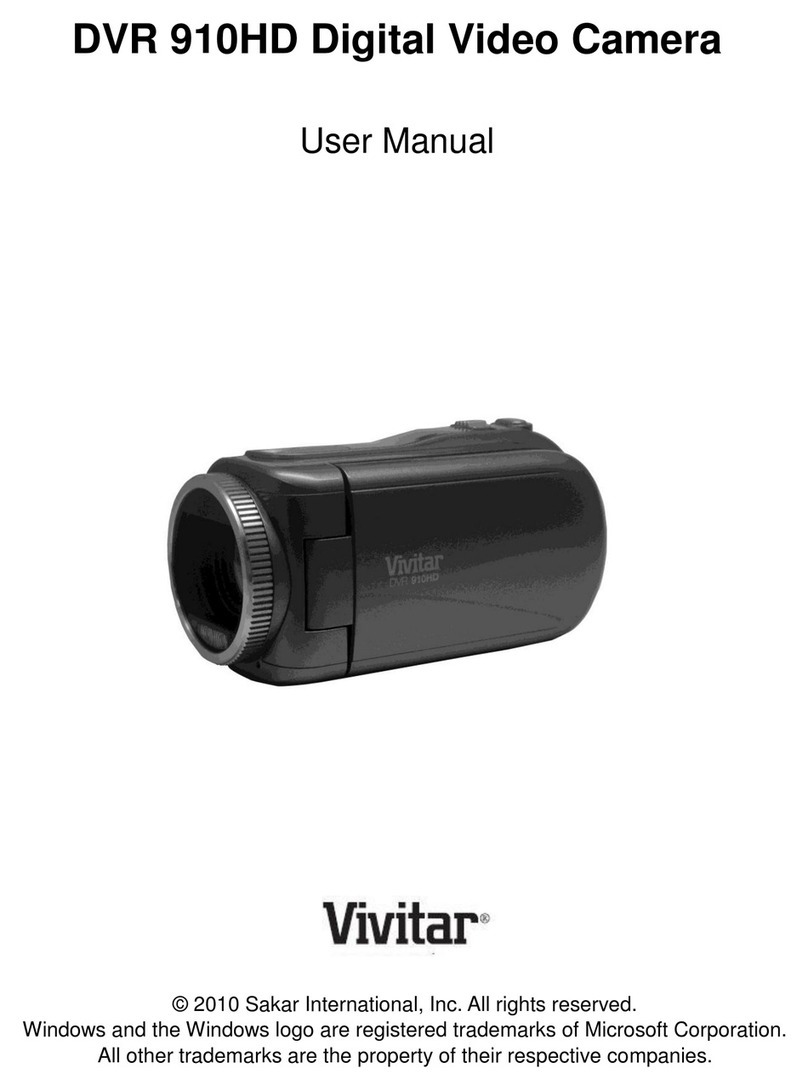SSP O-3000 Series User manual

Stettbacher Signal Processing
Neugutstrasse 54
CH-8600 Dübendorf
Phone: +41 43 299 57 23
Fax: +41 43 299 57 25
E-Mail: cam@stettbacher.ch
O-3000 Camera Series
User’s Guide
Version 2.10
2015-08-10
Abstract: This user’s guide highlights the camera features and gives an overview over the
device’s basic functions. In addition for programmers and developers, it is a starting point
and references to all necessary resources.

O-3000 Camera Series
Contents
1 Intention 3
2 Camera Features 3
2.1 Functions ........................................ 3
2.1.1 Overview .................................... 3
2.1.2 Streaming and Snapshots ............................ 4
2.1.3 Region of Interest ................................ 4
2.1.4 Frame Rate ................................... 4
2.1.5 Exposure Adjustments ............................. 4
2.1.6 White Balance ................................. 5
2.1.7 Mirroring .................................... 5
2.1.8 Data Format .................................. 5
2.1.9 Downsampling ................................. 5
2.2 Hardware Interfaces ................................... 6
2.3 Software Interfaces ................................... 7
2.3.1 Driver-Level Access .............................. 7
2.3.2 USB-Level Access ............................... 7
3 Install Package 8
3.1 Demo Application .................................... 8
3.2 Source Code ....................................... 8
4 Literature and References 10
Page 2

O-3000 Camera Series
1 Intention
This user guide will highlight the camera features and give you an overview over the device’s basic
functions. In addition for programmers or developers, it is a starting point and will reference to all
necessary resources. Please contact Stettbacher Signal Processing (SSP) if you have questions.
2 Camera Features
Technical data are specified in [2]. This section covers the functional features of the O-3010
monochrome and the O-3020 color devices in more detail. More devices will follow.
2.1 Functions
This chapter focuses on the camera’s main functionalities and on how to use them. To use a specific
camera function you can simply do it by sending appropriate XML commands [6] to the camera and
receiving respectively.
2.1.1 Overview
The following is a list of all supported XML commands and parameters. Note that cameras do not
necessarily support all of the functions implied by the XML specification [6].
Functions:
set reset snapshot warning
get restart stream error
stop
Page 3

O-3000 Camera Series
Parameters:
model_id color_mode acquisition temperature
model_name optical_format color_weights statistics
hw_version pixel_size mirroring
sw_version area data
xml_version window
serial_number shutter_type
2.1.2 Streaming and Snapshots
There are two possibilities to get image data from the camera device: single image snapshots or a
continuous video stream. They only differ in the way they need to be addressed and in the result. A
snapshot is a video stream in principle with just one picture. To get image data from the camera, see
XML commands streaming and snapshot in [6].
2.1.3 Region of Interest
The region of interest (ROI) is an image area on the sensor to be defined. Usually it is set to full
resolution of 1280 x 960 px (1.2 MP). It can be cropped to a smaller region of interest e.g. to reach
higher frame rates. To set a particular region, use the window command described in [6].
2.1.4 Frame Rate
You can choose a frame rate. However, note, that the frame rate may affect the selected exposure time
or at least the valid exposure time_range. Therefore, the frame_rate setting and the time acquisistion
mode have to be considered together.
Also note, that the frame_rate setting depends on the performance of the computer that is connected
to the camera. In case of synchronisation errors (dropped frames) a rate reduction is necessary. With
smaller window regions a higher frame rate is possible. For detailed explanations please see [6].
2.1.5 Exposure Adjustments
There are three different exposure modes, called brightness,time and sensitivity. To change the
exposure mode, use the aquisition mode command.
The former mode brightness will, thanks to the camera’s auto-exposure and statistics engine, adjust
the image brightness automatically to the value set (in percent).
Page 4

O-3000 Camera Series
The latter two modes time and sensitivity are settings which can be adjusted independently and are
part of the manual exposure mode. Exposure time can be set at least to 16 microseconds and moreover
the sensor’s gain (sensitivity) can be set to a value between 0 and 100 percent. To adjust these values
you can send appropriate XML commands. All values can be set at any time but only one mode can
be active at one time. For a detailed explanation please see [6].
The tags time_range,brightness_range and sensitivity_range serve to read from the camera the valid
upper and lower limits for each parameter.
2.1.6 White Balance
You can adjust the different color_weights by setting their values red,greenr,greenb, and blue in the
range from 0 to 100 percent. Thus, it allows you to make the white balance of the image manually.
For more information see [6] and further application notes on the subject.
2.1.7 Mirroring
The mirroring mode allows you to flip the picture up/down or left/right. It can be done by changing
values of parameter mirroring. For more information please see [6].
2.1.8 Data Format
The camera is supporting three different data formats (bit depths). You can choose between 8 bit, 12
bit and HDR1(20 bit compressed). This feature is most important for image processing algorithms
or machine/computer vision applications because many monitors or print media are not able to dis-
tinguish more than 8 bit resolution per color channel. For more information about the data format
identifiers please see [7] and for usage of the data format XML commands [6] as usual.
Note, that a monochrome camera only supports mono fomats and a color camera only supports the
bayer modes.
2.1.9 Downsampling
Among the advanced_functions these cameras also support a downsampling mode, which is also
called binning. In this mode, neighbouring pixels are combined. This reduces the image size and the
image noise.
Note, that these cameras only support no binning, vertical binning and vertical & horizontal binning.
Horizontal binning alone is not supported.
1High Dynamic Range.
Page 5

O-3000 Camera Series
2.2 Hardware Interfaces
•Main communication interface:
–High-speed USB 2.0 interface.
–Flat micro-B connector on board-level devies.
–Standing mini-B connector on devices with housing.
–Please contact SSP if you prefer a standing mini-B connector on board-level devices.
•Supply voltage output:
–A supply voltage output is available for external use on board-level cameras.
–5.0 V nominal, typically 4.5 to 5.5 V delivered by USB host, 50 mA peak.
–5-pin, 1.25 mm male vertical connector (Würth Elektronik, no. 653’005’114’822).
•PWM outputs:
–Two pulse width modulation outputs (plus reference ground) are available on board-level
cameras.
–Typical use: control of one or two light sources.
–5-pin, 1.25 mm male vertical connector (Würth Elektronik, no. 653’005’114’822).
–Please contact SSP if you wish to use this feature.
•Flash synchronization:
–One synchronization output (plus reference ground) is available on board-level cameras.
–5-pin, 1.25 mm male vertical connector (Würth Elektronik, no. 653’005’114’822).
–Please contact SSP if you wish to use this feature.
•Synchronization of multiple cameras:
–One pin (plus reference ground) can be used as synchronization input or output on board-
level cameras.
–Typical use: stereoscopic vision, stereopsis, camera arrays.
–2-pin, 1.25 mm male vertical connector (Würth Elektronik, no. 653’002’114’822).
–Please contact SSP if you wish to use this feature.
•Lens holder:
–The board-level cameras are available with C-, S- and CS-mount lens holders.
–The camera housing provides a C- and CS-mount lens holder.
–The board-level cameras feature pairs of 2.1 mm mounting holes with distance 20.0 mm
and 22.0 mm to accept proprietary lens holders.
–Please contact SSP for support or for other lens holder options.
Page 6

O-3000 Camera Series
2.3 Software Interfaces
Note: The O-3000 cameras are no webcams. They do not support the UVC standard used in plug-
and-play consumer stuff. Instead the O-3000 cameras offer a simple and flexible interface, optimized
for industrial vision.
There are two different levels, allowing access to the camera. The more comfortable one is through
the open-source camera driver, available in the O-3000 install package. However, it is also possible
to access the camera directly through the USB endpoints, without using the driver. The second way
requires more programming effort but leads to a very slim and optimized solution. And of course the
open-source driver can be used as a guideline for the second way.
In any case, communication to the camera consists of two different paths, one for messages to and
from the camera and one to transport image data. The message path is used to send configuration
commands to camera and to read information from the camera, such as the software version, camera
settings, and so on.
2.3.1 Driver-Level Access
The O-3000 driver provides a simple and light-weight API to communicate with the O-3000 camera
series. It abstracts user applications from the USB internas and deals with low-level interfacing which
is tedious to implement and hard to debug if done the wrong way. The driver is written in plain C.
For use in Java, such as the O-3000 demo application, the JNI (Java Native Interface) wrapper may
be used. See [4] for more information.
2.3.2 USB-Level Access
Mainly for embedded projects, it is mandatory to be able to interact directly with the camera. On
the host side, that means interacting with the USB interface. You do not have to fully understand the
USB 2.0 standard, but some basic knowledge is essential. Each USB connection provides a set of
independent sub-channels, called pipes. The host-side end of the pipe are buffers, the device-side end
consists of so-called endpoints. Each endpoint is uniquely addressed by the USB device’s address
and the endpoint number. Endpoint 0 is reserved for device control; the other endpoints (up to 15 for
high-speed devices) are implemented application specific. An endpoint offers an IN channel (device
to host) and an OUT channel (host to device), although not both of them have to be implemented.
The O-3000 cameras utilise two USB endpoints in bulk mode for messages and for image data. Details
are explained in [5].
Page 7

O-3000 Camera Series
3 Install Package
The install package, available from the download section of the O-3000 website (see [1]), contains
the O-3000 driver and a demo application to operate the O-3000 cameras with a PC (Linux or Win-
dows) or a Mac. The install package also includes the entire source code of the driver and the demo
application.
Check [3] for support about setting up the install package or running the demo application.
3.1 Demo Application
With the demo application you can use the O-3000 camera and test some of its operating modes (see
[3]).
At this point, we focus on the software architecture of the demo application. We start with the system
and its boundaries. Figure 1shows the particular modules in interaction with each other. On top we
have the actual demo application (written in Java) which is connected through several layers to the
camera. All modules described are part of the driver package. We will come to that later on in section
3.2. Basically, the top layer application (e.g. the Java demo application) is connecting through the
JNI2wrapper and via the camera driver functions and libusb respectively to the operating system. The
operating system itself is using system calls to communicate with the O-3000 camera series device.
3.2 Source Code
The install package includes all the sources and creates a file structure on your system according to
the driver documentation [4]. Basically, there are four important directories you will need to take into
consideration for the further programming or developing process. It is:
•The bin directory which helds the java demo app.
•The include directory in which the header files are stored.
•The lib directory in which the libraries are.
•The src directory where all the source code is located.
2Java Native Interface.
Page 8

O-3000 Camera Series
Figure 1: System overview.
The O-3000 camera series device comes with a driver package hiding the complexity concerning USB
communication [5] (based on the open-source project libusb) and therefore can be seen as the appli-
cation programming interface (API). The whole package consists of three different parts to illustrate
a working example and can be modified under terms of GPL and LGPL:
•The O-3000 camera driver (binaries and C sources).
•A Demo Application, an implementation of a GUI software for this camera (binaries and Java
source).
•A Java Native Interface (JNI, binaries and C sources) acting as a link between the O-3000
camera driver and the Java Demo Application.
For detailed information about software installation, building binaries from source code, about the
source code itself, and range of functions please see [4].
Page 9

O-3000 Camera Series
4 Literature and References
[1] Stettbacher Signal Processing (2015). Website for the O-3000 products:
http://www.open-cam.ch.
[2] Stettbacher Signal Processing (2013). “O-3000 Camera Series - Data Sheet”, Stettbacher Signal
Processing, version 1.20, 2013-09-09 (or later).
[3] Stettbacher Signal Processing (2014). “O-3000 Camera Series - First Steps”, Stettbacher Signal
Processing, version 1.00, 2014-09-22 (or later).
[4] Stettbacher Signal Processing (2013). “O-3000 Camera Series - Camera Driver Package
Documentation”, Stettbacher Signal Processing, version 1.20, 2013-05-24.
[5] Stettbacher Signal Processing (2013). “O-3000 Camera Series - Camera Low Level
Programming Interface”, Stettbacher Signal Processing, version 1.20, 2013-05-24.
[6] Stettbacher Signal Processing (2013). “O-3000 Camera Series - XML Command User
Specification”, Stettbacher Signal Processing, version 1.20, 2013-05-24.
[7] Stettbacher Signal Processing (2013). “O-3000 Camera Series - Image Frame Format
Description”, Stettbacher Signal Processing, version 1.20, 2013-05-24.
Page 10
This manual suits for next models
2
Table of contents
